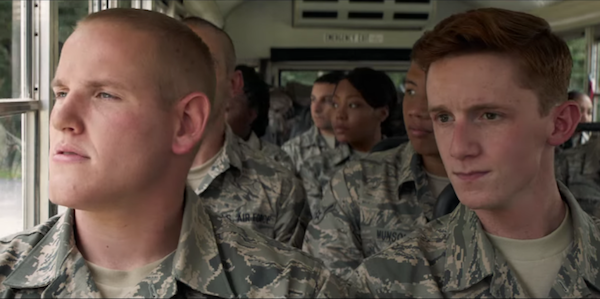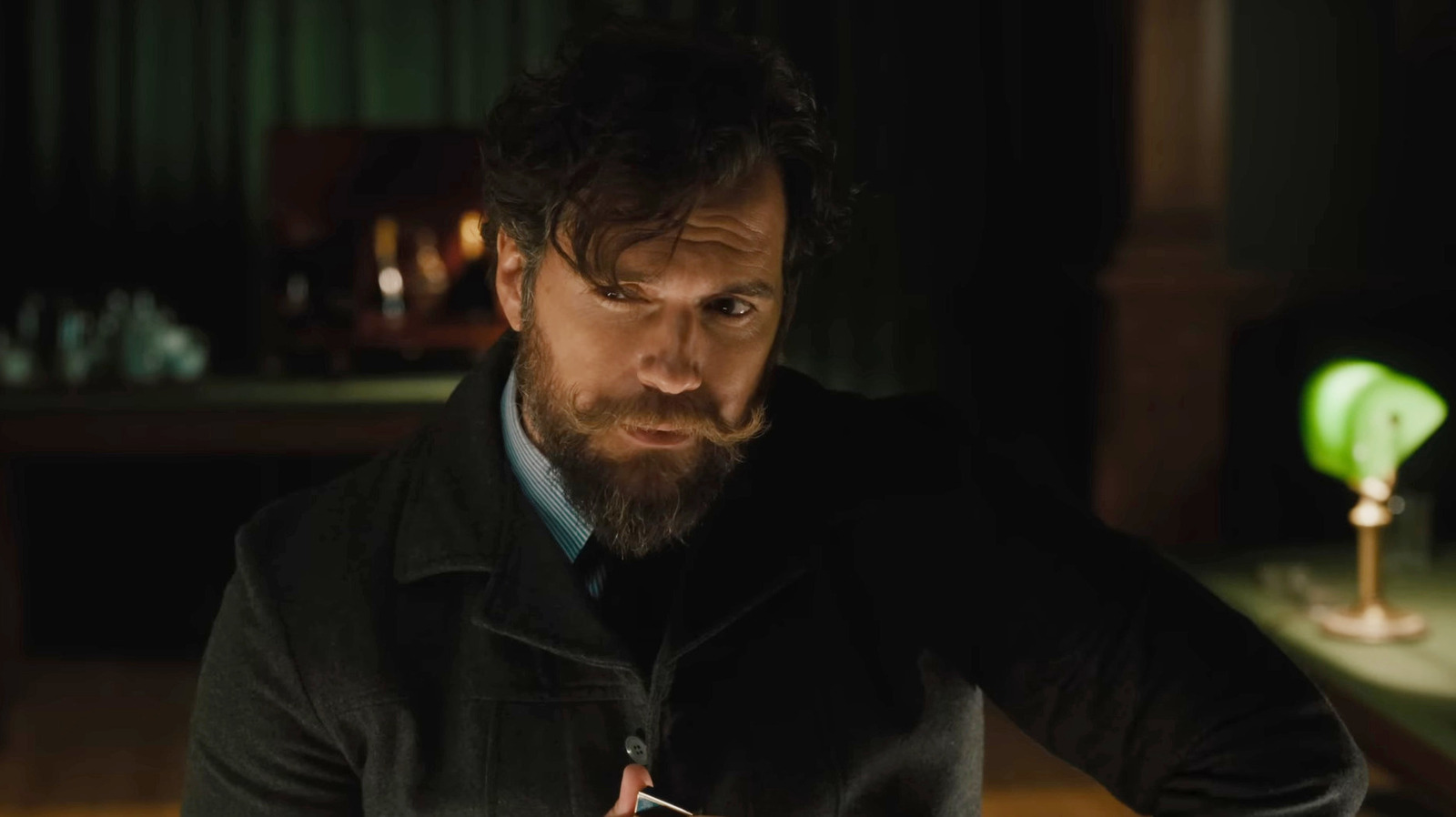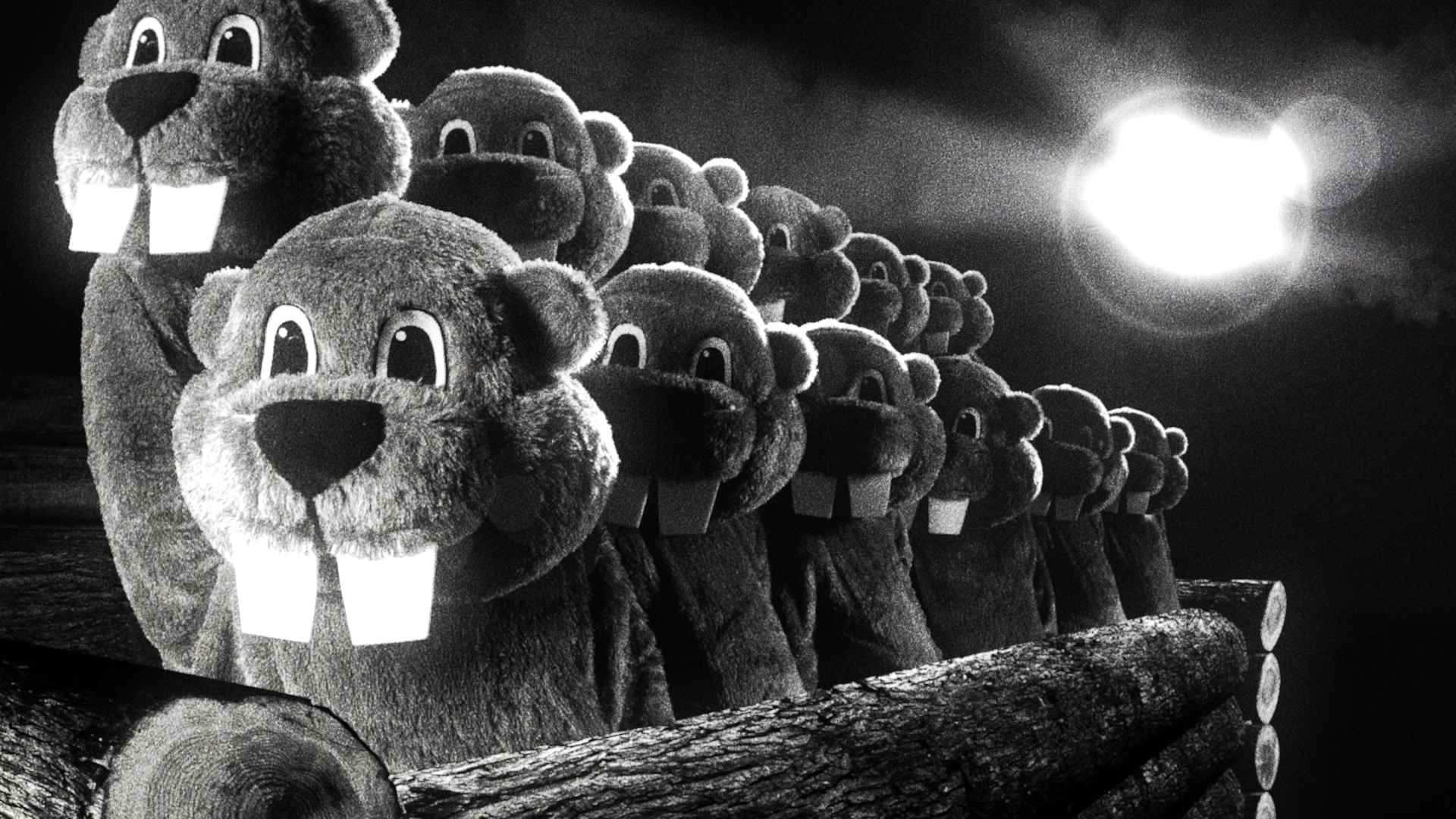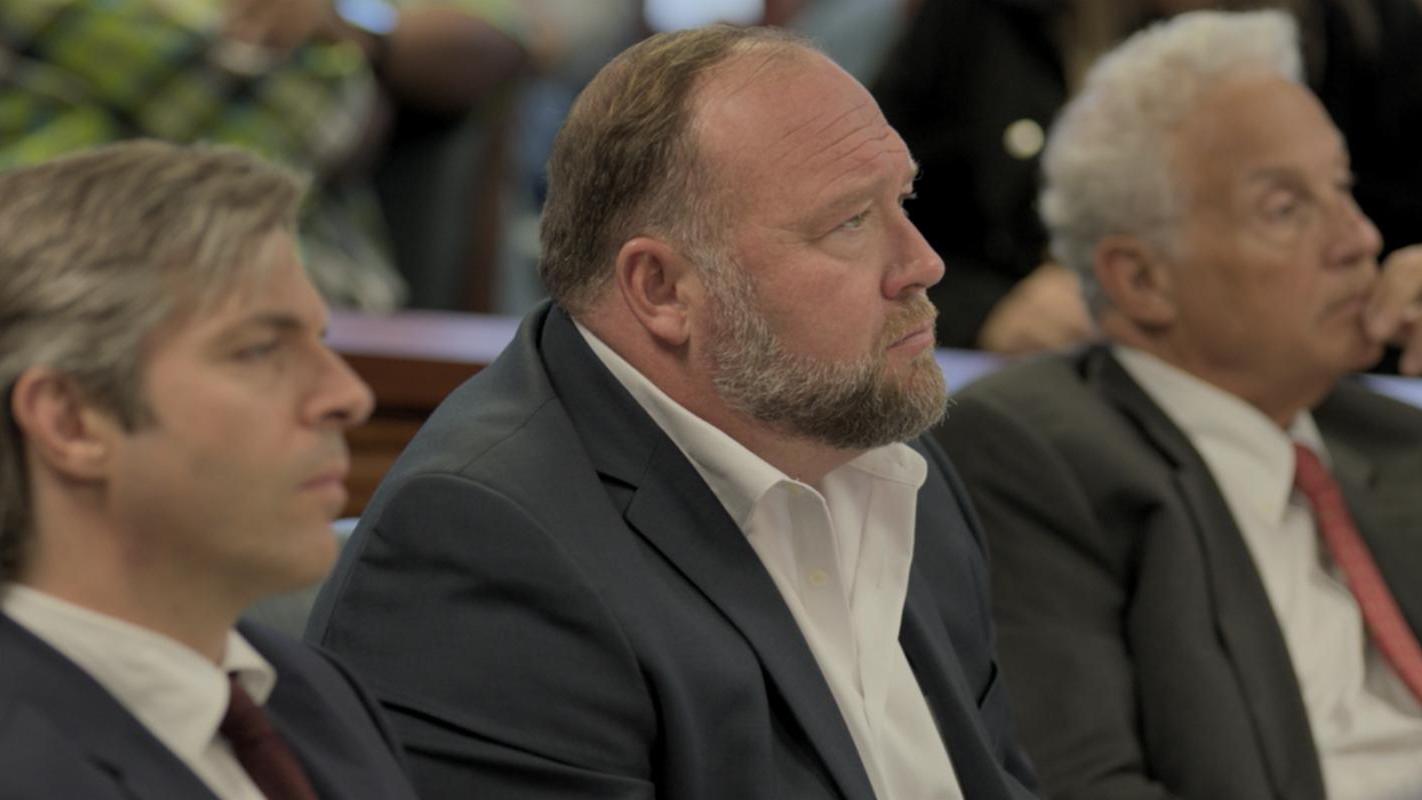
“But did you know those actors were the real people from the true events?” Yes, I’ve heard it everywhere. From the TV interviews to the word-of-mouth buzz, to even the usually blank comment cards at the press screening. It’s an admirable gimmick from Clint Eastwood and a surefire way to garner easy praises of patriotism for a film that holds real heroes up on the screen. It may even be an ironclad way to avoid criticism, making a case that those who don’t like the film don’t like the heroes. The truth is I do like the real-life trio brought together for this film that stopped a terrorist on a train. I like them so much I didn’t want to see them flounder on screen with a film that has little to say about them past being average men that did average things in a surprisingly average movie adaptation.
There’s a part of me that appreciates Eastwood’s approach which is much different than his previous films, despite replicating his same red-blooded American tone. He takes the time to establish the heroes Spencer Stone, Anthony Sadler, and Alek Skarlatos from the very beginning. We follow them through the early days of Catholic school, to their frustrating military training, to their casual vacation through Europe. Eastwood takes the time to make these characters relatable and it isn’t tough to do so. The truth is that up to the attack on the Paris-bound train these, these three were very normal guys. They live in suburbia, they went to church, they watched sports, they served their country, and had a pretty standard trip around Europe. We’re lulled into a state of familiarity so that when the violence on the train erupts we should feel inspired that these ordinary boys were able to answer the call.
Much like watching a parade float for the military, however, the admiration holds a limited amount of appeal before watching these three non-actors becomes awkward. A good director can make great use of non-actors to showcase them at their best. It’s clear from this direction that Stone, Sadler, and Skarlatos are most at home when they’re on the clock. In the moments when they struggle through military training or band together to stop a terrorist, they feel natural and in their element. But nearly 80% of the film finds them trying to be relaxed and cracking jokes which don’t come across very well on screen, making them seem off and uneasy in trying to be silly. Eastwood certainly isn’t Richard Linklater when it comes to staging his actors, no matter how hard he tries to instill a sense of hanging out with these guys.
The biggest mistake of the film, which even the most devout of Eastwood-ites have attested to as well, is the film’s brake-pumping third act of the European vacation. The film has given up trying to reveal more about the characters at this point and wants us to merely marvel and gawk at their trip with all the boredom and disinterest of watching a friend of a friend’s slideshow. The vacation is probably the most mundane of activities to watch. Take for example the gelato scene. Having met a girl on the streets of Rome, two of the guys take her to a gelato shop. They try some gelato, buy some gelato, thank the owner, and leave. Or how about the museum scene? They enter a Roman museum, think the displays are cool, and then leave for dinner. One would think that their night at a club with drinks, lights, loud music, and pole dancing would be fun, but you’d be wrong. They merely go to the club, have a few drinks, and one of the boys decides to playfully try their hand at pole dancing. How hilarious, that one.
Eastwood thankfully reverts back to his usual directorial self when we finally, as if by mercy, arrive at the 15:17 to Paris train incident, where a terrorist brandished a gun and a knife to harm the passengers. This sequence is staged with the right amount of grit, close-ups, and lack of a soundtrack to make the intensity of the situation feel real without added dramatics. It’s such a well-done piece that I almost wished this segment were its own short film without the pointless backstory padding.
The 15:17 to Paris attempts to hold American heroes up on a pedestal in fitting with the current template of true tales of heroism, but it’s unfortunately hampered by Eastwood kicking in the autopilot for his good intentions. His previous films of American Sniper and Sully were able to take heroic figures and dig a little deeper into their mentality of what raced through their heads when they went through danger. This time it seems as though Eastwood has gone out of his way to award the terrorist-stopping trio more of a trophy than a movie, trying to showcase how these normal guys did normal things before becoming saviors on a train. I dunno, somehow I think I can take Eastwood’s word for it that these guys had a good time when vacationing across Europe without showing every boring detail. I don’t need an extended sequence of them taking selfies on a boat to get the picture.

 “The Ministry of Ungentlemanly Warfare” Review
“The Ministry of Ungentlemanly Warfare” Review  “Monkey Man” (2024) Review
“Monkey Man” (2024) Review  “Hundreds of Beavers” Review
“Hundreds of Beavers” Review  “The Truth vs. Alex Jones” Review
“The Truth vs. Alex Jones” Review  “Problemista” Review
“Problemista” Review  “Ghostbusters: Frozen Empire” Review
“Ghostbusters: Frozen Empire” Review  “Love Lies Bleeding” Review
“Love Lies Bleeding” Review  “Kung Fu Panda 4” Review
“Kung Fu Panda 4” Review 


